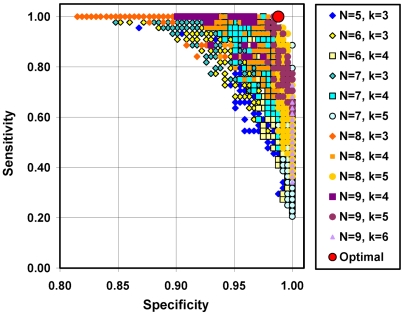Figure 4. Alternative diagnostic algorithms for meeting symptom criteria for PGD.
Each data point in this figure represents the performance, in terms of sensitivity and specificity with respect to a criterion standard for PGD, of a unique “DSM-style” diagnostic algorithm for meeting symptom criteria for PGD. Each algorithm is specified in terms of one common, mandatory symptom, yearning, a specific set of n other, nonmandatory symptoms, and some minimum number of nonmandatory symptoms within this set, k, which one must have to satisfy the symptom criterion for PGD. Based on the current data, the optimal, most efficient algorithm requires having yearning and at least five of the following nine symptoms: avoidance of reminders of the deceased; trouble accepting the death; a perception that life is empty or meaningless without the deceased; bitterness or anger related to the loss; emotional numbness; feeling stunned, dazed or shocked; feeling that part of oneself died along with the deceased; difficulty in trusting others; and difficulty moving on with life.

